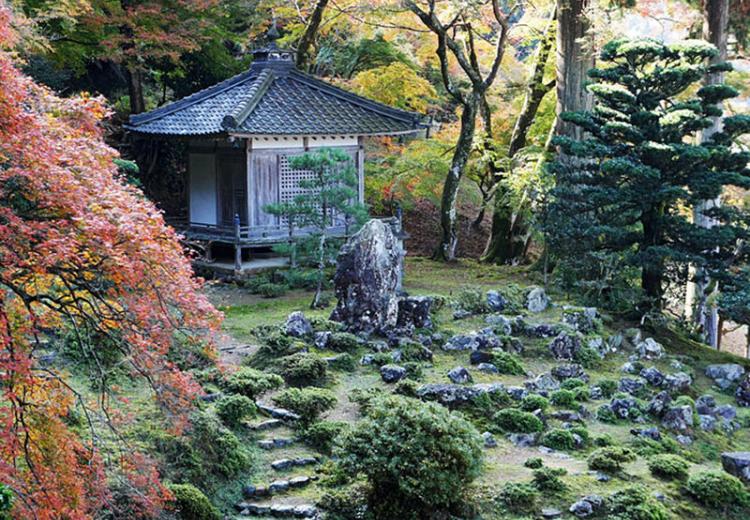Tanka: Japanese Poetry

Mantoku-ji in Obama, Fukui prefecture, Japan.
Japanese poetry, with its demands on intuition and strict discipline of structure, content, restraint, and subtlety, can sometimes confound a Western audience. Difficulty lies in translating the concept of the on, or Japanese sound unit. Japanese forms often demand a specific number of on, characters or sound units, which Westerners erroneously equate to syllables. The evolution of the structures of Japanese make them complex, and Western audiences, accustomed to meter, rhythm, and form, prefer to reduce poetry to its simplest terms. This unit on the Japanese tanka encourages students to explore the structure and content of the form and to arrive at a definition of the structure in English.
Guiding Questions
Why do we write poetry?
What are the unique characteristics of tanka?
What can we learn about Japanese history and culture by reading and composing tanka?
Learning Objectives
Identify the distinguishing characteristics of tanka.
Analyze a tanka to determine its structure and intent.
Determine how a poem pivots from a poetic image to a linked emotional response.
Compose two tanka, one in traditional structure and one in the non-traditional, non-restrictive form.
